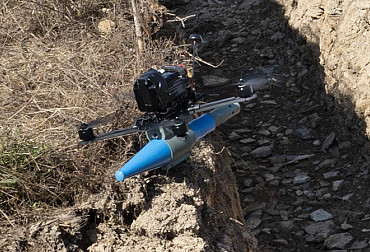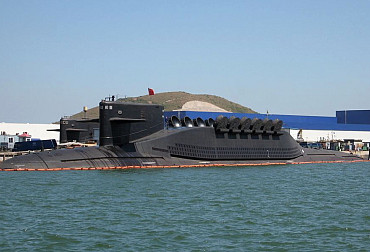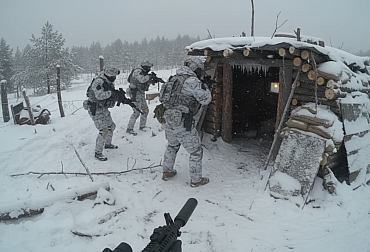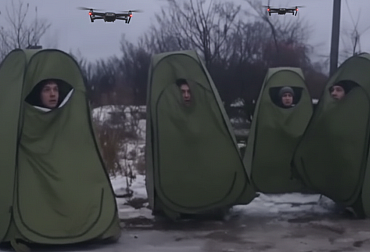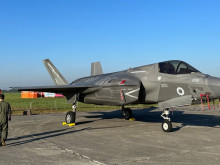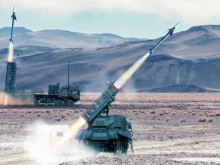Lessons learned from the deployment of air defence in Ukraine
The nearly year-long high-intensity conflict in Ukraine has shown that this type of warfare is still relevant and that even modern conflicts in the future will not be fought only in the cyber domain or with drones, as some predicted. One of the main lessons from the Ukrainian battlefield, then, is the need to build effective and layered air defence (AD) against aerial threats such as small drones or stand-off munitions, among others.
In recent weeks, we have witnessed massive Russian missile strikes on Ukraine's critical infrastructure using cruise missiles and, to a lesser extent, ballistic missiles. This fact raises a logical and quite legitimate debate about the extent to which the Czech Republic is prepared for these threats. The Czech Army should receive a total of four batteries of the SPYDER anti-aircraft missile system by 2026, each of which will include a radar, four launchers, a reloading vehicle and command and fire control systems.
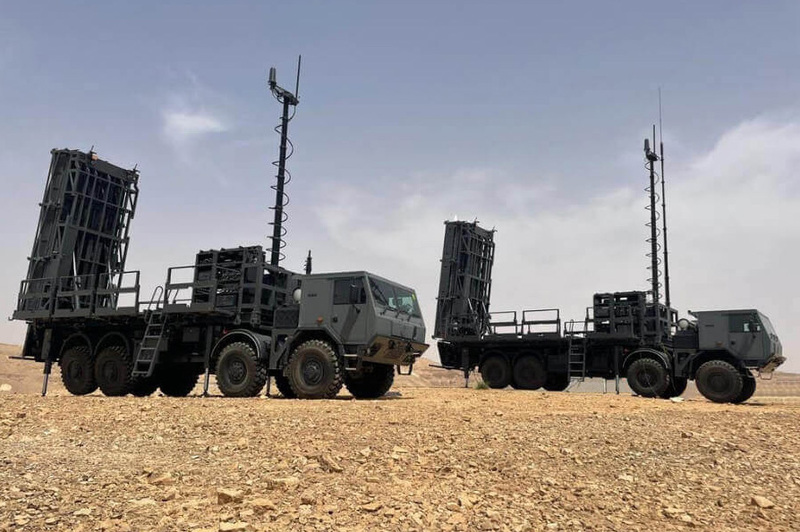 Picture: Czech Army to receive four batteries of SPYDER anti-aircraft missile system by 2026 | Rafael
Picture: Czech Army to receive four batteries of SPYDER anti-aircraft missile system by 2026 | Rafael
The question then is whether the number of batteries mentioned above is sufficient and whether the SPYDER system intended for our army will be able to counter the threats posed by cruise missiles and ballistic missiles. Other aspects of air defence development and the experience of the conflict in Ukraine should also be discussed, highlighting the use of stand-off munitions and small drones for reconnaissance and strike tasks. Among the thematic areas for lessons learned, particular emphasis should be placed on the sufficiency of ammunition and the use of new technologies, the mobility of air defence assets, the possible use of the MANPAD (Man Portable Air Defence) category or the integration of air defence with other elements on the battlefield, in particular the air force.
In the face of continuing waves of missile and stand-off munitions attacks, the ability to provide - produce or otherwise procure - sufficient munitions is a fundamental starting point for the construction of an AD. This capability should apply in particular to short-range missile systems and, in the future, also (if introduced) to air defence munitions.
A possible solution to the shortage of munitions and to complement 'conventional' air defence assets could be the introduction of new technologies such as lasers or microwave assets. Such devices are already being tested by our allies and will be experimentally deployed in the near future. Both lasers and microwaves can be a cheap, but at the same time quite effective means against small types of stand-off munitions or commercially available drones used for reconnaissance and combat purposes by both the Ukrainian and Russian militaries. The advantage of both microwave assets and lasers is the fact that they can be relatively easily mounted on both tracked and wheeled chassis, greatly increasing their mobility.
Mobility is another important aspect of short-range air defence development. At present, however, the mobility of Czech air defence forces is severely limited. In Ukraine, it can be seen that the highly mobile tracked barrelled air defence vehicles used against Russian wait-and-see munitions have been a great success in recent months. It is mobile air defence assets (missile, barrel and those equipped with modern technologies) that can in the future provide support and protection to both manoeuvring troops and, for example, artillery behind the front line.
A major issue, particularly in the early weeks and months of the war in Ukraine, was MANPAD missiles. Although the author of the article does not want to diminish the contribution of this category of weapon systems, for the Czech Republic this category would make more sense as a backup in case of a "disconnection" from the common system of allied air defense. For example, the idea of whether it would make sense to arm active reserve units with these systems is up for discussion.
In terms of the already mentioned interconnection, the question of the use of supersonic machines is then raised. If the Czech Republic eventually buys 24 F-35 fifth-generation aircraft, it is also necessary to consider how to link very short- and short-range assets into a common network and use the F-35 capability if they are deployed together in an armed conflict in the future. If the F-35s are not procured, the question is how to upgrade the existing Gripen fleet and enable at least partial integration with specific air defence elements. Again, the need for unification so that supersonic aircraft and ground-based air defence assets can communicate seamlessly with each other must be appealed for.
Air defence, as demonstrated by the war in Ukraine, is one of the most important components of any state's defence system. Unfortunately, we cannot rely on allies in this matter and it is necessary for each state to have its own functional state and military air defence system ready to deploy and protect combatant units. The conflict in Ukraine represents a rare opportunity to learn lessons in this area (and not only) and to prepare for a possible conflict with the Alliance's most likely adversary, which is undoubtedly Russia.











